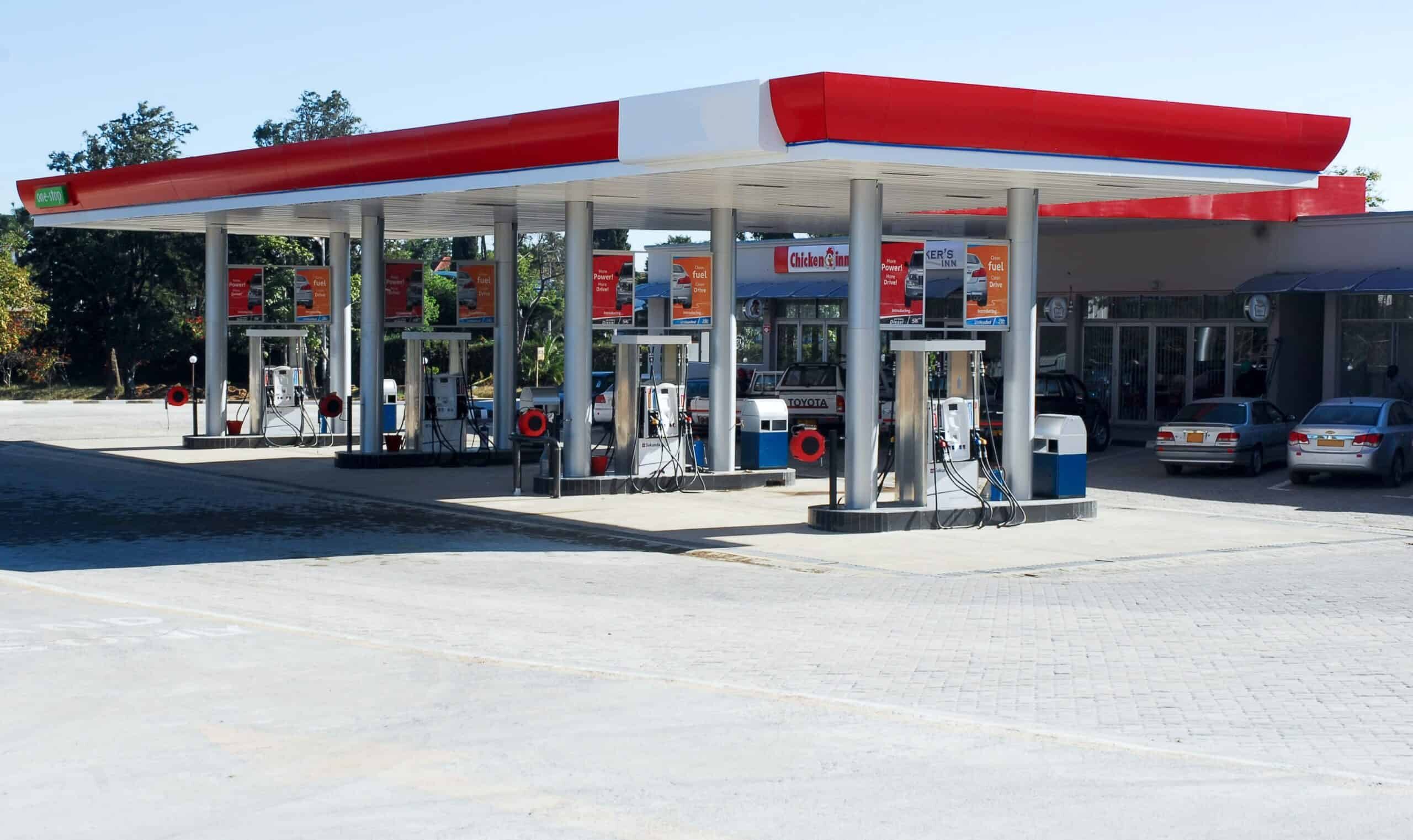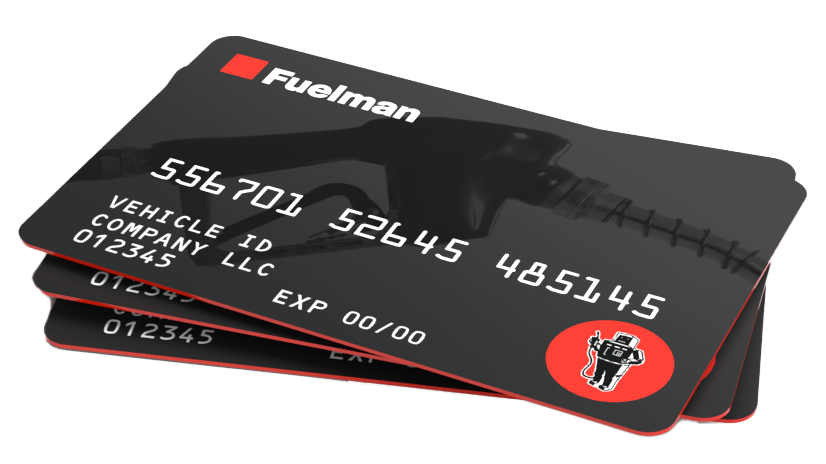Saving on gas is something that is on just about everyone’s minds these days as we are currently witnessing record-breaking gas prices. While you may not be able to do anything about the price of gas, every truck driver has the ability to save fuel and increase their average miles-per-gallon ratio.
From speed reduction techniques to efficient braking, not every method will work for you without fail. Nevertheless, improving your fuel efficiency and saving money is essential when you work in the transportation industry.
But what does fuel efficiency mean exactly? Let’s take a closer look.
How Does Fuel Efficiency Work?
In the most simple terms, fuel efficiency refers to the ability of a vehicle to extract energy from fuel. The more energy that vehicle can extract, the greater the fuel efficiency. Fuel efficiency driving can save you thousands of dollars each year, improve road safety, and help prevent wear on your truck.
Let’s take a look at the costly impact filling up your gas tank has on truck drivers to better understand the importance of fuel efficiency.
How Much Do Truckers Spend on Gas a Month?
While the exact cost of gas will vary depending on the type of vehicle that you drive, the type of freight that you haul, and the weight of the freight that you haul, truck drivers typically spend between $4,00 to $6,000 per month on average on gas alone. And according to Yahoo Finance, with the cost of diesel continuing to rise, some drivers ultimately end up spending $2,400 per week on gas.
How Many Miles Per Gallon Do Semi Trucks Get?
Semi-trucks, due to their substantial size and weight, aren’t renowned for their fuel efficiency. On average, they achieve about 6.5 miles per gallon, though their efficiency can vary significantly based on the terrain they traverse. For instance, climbing hills may result in as low as 3 MPG, while descending hills can yield over 23 MPG, showcasing the terrain’s profound impact on their fuel consumption.
How Much Does It Cost Per Mile To Run a Semi-Truck?
Fuel is one of the largest costs of owning a semi-truck. In 2021, most owner-operators spent 48 cents per mile on average when it comes to paying for fuel. Keep in mind that this number will vary depending on the type of freight and the weight of the freight that you are hauling.
Dry van owner-operators saw lower averages that were closer to about 45 cents per mile, while reefer owner-operators spent closer to 51 cents per mile. To get an estimate of how much you will spend on fuel, take the price of fuel per gallon and divide it by what your average miles-per-gallon ratio is. From there, multiply that number by the amount of miles you expect to travel per week.
11 Ways Truckers Can Improve Their Fuel Efficiency
It’s no surprise that fuel is the number one expense of a trucker regardless of whether or not diesel prices increase or decrease. The good news is that there are several ways to increase fuel efficiency. Let’s take a look at a few ways you can save gas as a trucker.
Accelerate Gently
Quick acceleration consumes more fuel and increases speed rapidly. In city driving, fuel conservation is possible by gradually accelerating, taking about five seconds to reach your desired speed. This approach promotes fuel efficiency and reduces wear and tear on your vehicle’s components, leading to potential cost savings on maintenance.
Improve Your Speed Control
Does speeding use more gas? Absolutely! While it is always nice to get to your destination faster, the amount of fuel you’ll burn as you do so may not be worth the reward. On average, trucks have the best fuel efficiency when traveling between 55 and 60 miles per hour.
While that may feel like it’s a tad bit too much on the slow side, consider this. For every mile increase in speed above 60 MPH, you’ll see a mile-per-gallon falloff of about 0.14- MPG in regard to your truck’s fuel efficiency.
Brake Smarter
Braking harshly and frequently increases your fuel consumption and reduces your truck’s fuel mileage significantly. Because braking causes your transmission to downshift or manually regain the momentum that you lost when you braked.
A steady speed will help you to save on fuel, because when your vehicle slows and bursts it burns more fuel. Especially when hauling cargo, your vehicle takes a lot of effort, RPMs, and fuel to get your speed back up.
Do your best to brake efficiently. Also, make sure you maintain distance between you and other vehicles, and keep a consistent pace.
Anticipate Traffic
Stay attentive to your surroundings on the road and maintain a safe following distance from the vehicle in front of you. This practice not only ensures safety but also helps maintain a consistent speed, minimizing the need for frequent braking and accelerating, and thus, conserving fuel.
Find the RPM Sweet Spot
Each truck engine has a unique RPM sweet spot that usually sits between 1,250 and 1,350 RPM. It may take you a bit of time and a look through your owner’s manual but it is worth it for your trucking fuel economy in the long run.
The sweet spot generally means you are driving at a constant speed which may be on the lower side. Remember, the harder your engine has to work the more fuel you burn, at the very least you don’t want to exceed 1,500 RPM.
Use an Aerodynamic Package
Utilizing aerodynamic packages can help you reduce wind resistance and improve fuel efficiency. For instance, an aerodynamic profile tractor could save you thousands in fuel costs every year compared to what you would exert with a classic long-nose tractor.
Maintain as narrow of a tractor-trailer gap as possible. For flatbeds, utilize tarps and create as smooth of a load as possible to help improve your aerodynamics.
Use Progressive Shifting Techniques
Since changing gears requires the use of fuel, it can be beneficial to up your game when it comes to shifting gears. Simply put, the more efficiently you shift, the less fuel you’ll use.
Use a combination of braking and shifting to slow your vehicle down. Try to maintain as high of a gear as possible and make sure you shift gears quickly.
Tire Pressure and Low-Rolling Resistance Tires
Driving with deflated tires can increase your fuel consumption, so keep an eye on your tire pressure. Make use of an automatic tire inflation system or an astringent tire maintenance program.
Keep in mind that every 10 psi below inflation can increase your fuel consumption from 1% to 1.5% or so. You can also use low-rolling-resistance tires to improve your truck’s fuel efficiency. For every 3% rolling resistance improvement, you will likely see an increase of 1% in fuel efficiency and enhanced performance.
Single-wide tires have low maintenance costs, are lighter in weight, and can improve fuel economy by 4% to 8%. Another benefit of this is you’ll have less service time, downtime, and brake wear.
Use Lubricants
Using a low-viscosity lubricant can improve your fuel efficiency by around 2%, and some new formulas have seen increases in fuel efficiency of up to 4%.
Avoid Idling
Whenever you are stopped for more than 60 seconds, turn off your engine as long as the situation allows you to do so. Truck engines use around one gallon of fuel per hour when idling.
Plan Ahead
Something as simple as planning ahead for your trip can help you save on fuel. Fill up your tank before hitting the road to unknown areas or urban places.
Set up your trip using a GPS and get as clear of an idea as possible regarding where you are going. Look into the most effective routes to take, too. Do your best to avoid roads that cut through major cities, and use highways as frequently as possible.
Fuel Efficiency Explained
These simple yet effective driving techniques are easy to implement and may save you thousands of dollars over the course of the year. Now that you know some of the tried and true methods available to you in the transportation industry, you can improve your fuel efficiency, save on gas, and gently hit the road!




